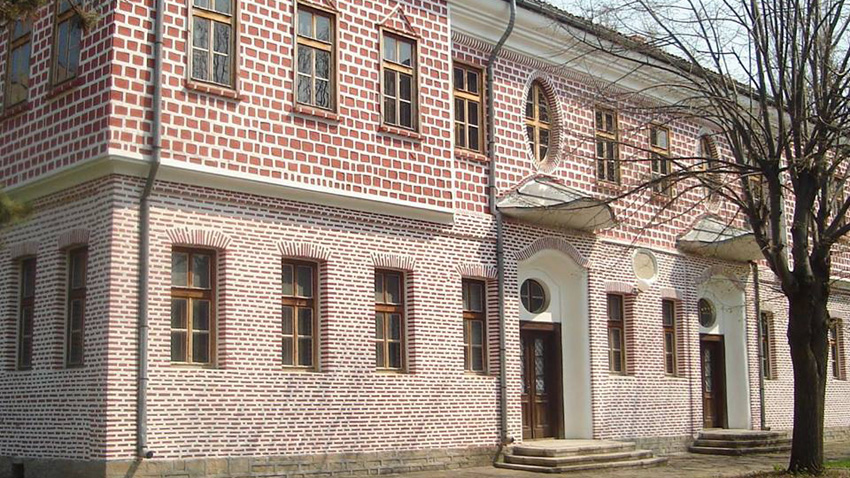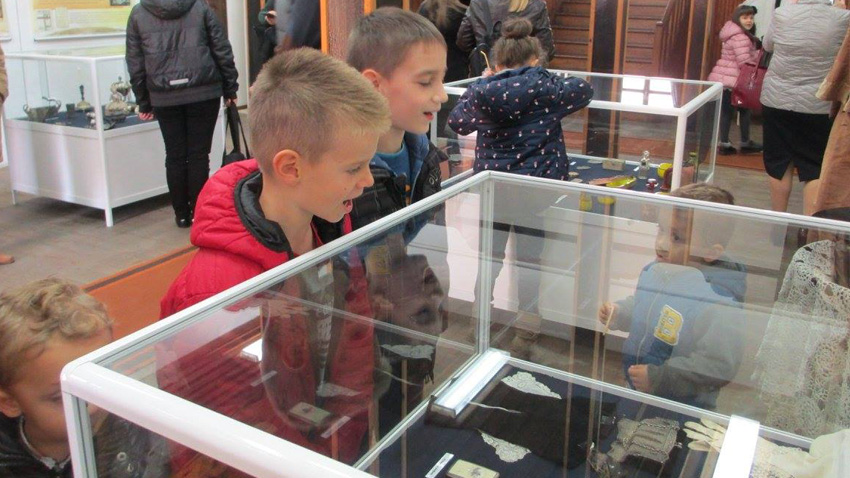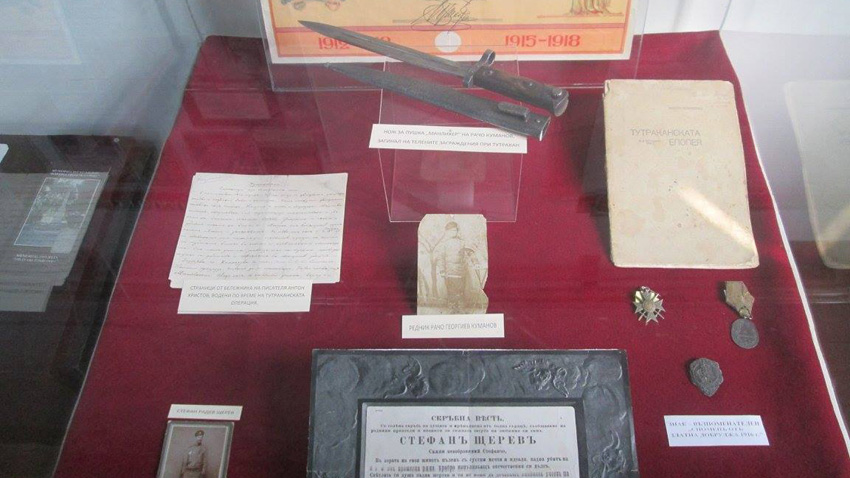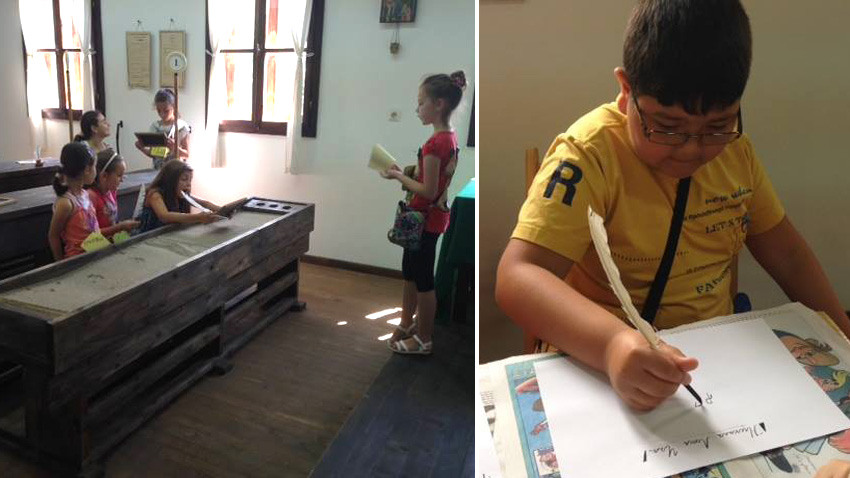The Regional Museum of History in Turgovishte in the old, Revival-time part of town, called Varosha, houses over 30,000 exhibits. Some of the artifacts, discovered by archaeologists in these parts, go as far back as the Neolithic age.
The museum occupies five renovated 19th and 20th century buildings. At the time the town was called Eski Jumaya and played host to the biggest spring fair in the Bulgarian lands. The need of well-educated young people was evident, so a school was set up, funded by donations from the public. To begin with, it was a primary school, but later became a secondary school. Known as the Slaveikov School, in 1963 it took up a new public mission as a museum, housing tangible monuments, documents and archaeological finds discovered in these parts.

To this day the building has not undergone any constructive changes. As of 2011, the museum building and the Misionis fortress nearby have been on the Come to Know Bulgaria list, otherwise known as the 100 National Tourist Sites. The archaeological and the ethnographic expositions showcase all kinds of authentic exhibits.
Here is Magdalena Zhecheva, Director of the Turgovishte Regional Museum of History with more:
“It is not known how long our town has existed on this same spot, what we do know is that by the mid-19th century it was a boomtown. It had its fairground with tradesmen coming every year. A big fair was organized on St. George’s day bringing in a great many tradesmen and artisans. They had offices abroad and made a good profit thanks to which they were able to put up two big buildings – one was the church in 1851 and the other the school. I can safely say that such a school building – so imposing, elegant, a model of Revival-time architecture – is nowhere to be seen in Bulgaria.”

Turgovishte is a town whose history has meticulously been recorded, says Magdalena Zhecheva and adds: “The museum’s archaeological exposition features finds from the 12th-14th century medieval necropolis, discovered during digs supervised by archaeologist Dimitar Ovcharov. There is a replica of the fortress itself and a small-scale model of a basilica. The exposition includes belt decorations and buckles that are typical of the uniforms worn by soldiers of the age.”

“The museum’s latest exposition is dedicated to a significant anniversary – 170 years since the start of secular education – and shows school books and training aids,” says Magdalena Zhecheva. “Anyone coming to the museum – be they young or old – can try what it is like to write using a plume. They say it is a lot of fun. Visitors can also see what an authentic 19th century classroom looked like at the Slaveikov School, most are really intrigued by it. The classroom is also used for meetings by different organizations and groups. It is our endeavor to be useful to as many people as we can, from the youngest children in kindergarten, for whom we organize reenactments of ancient customs, to the oldest people who come here and tell us what they remember of people, places and events of times past. Sometimes an exhibit here at the museum brings back memories of things they have seen or experienced in their childhood.”

English version: Milena Daynova
Photos: the museum's archivesTutrakan has been a fishing community since time immemorial. The good conditions for catching delicious fish in the Danube and the surrounding marshes have always helped people here earn their living. Archaeological finds indicate that fishing..
For each monastery when created, the place is not selected randomly, so it is with the Chiprovtsi monastery. It was built in the 10thcentury in a picturesque area in the region close to the Balkan mountain. It is situated at..
Supposedly, the city of Kabyle that thrived in what is now Southeastern Bulgaria, was named after the Thracian Mother of Gods Cybele portrayed on the rocks of the Zaychi Vrah shrine. It was at the foot of this ancient astronomical..

+359 2 9336 661
